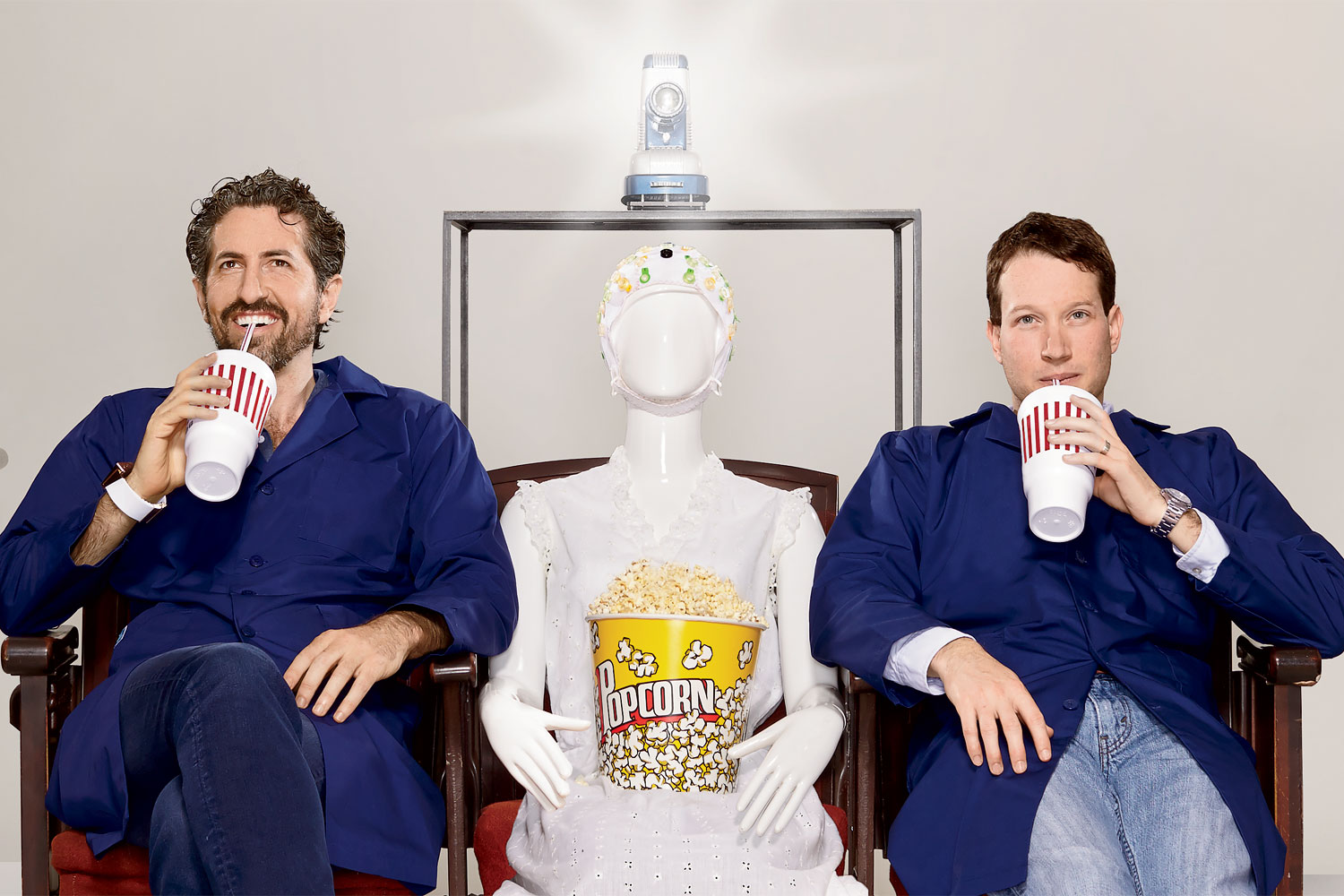In your study, published in the Journal of Consumer Research, you tapped into the brains of people watching movie trailers to gauge their reactions. How?
SB:We used an EEG [electroencephalogram] cap, which is like a flexible swim cap with small metal disks that sample moment-to-moment electrical activity. We captured “neural similarity” across the audience. It’s a measure of engagement.
So it’s not about liking or disliking a trailer but, rather, about how engaged people are that predicts hits?
MC:You might care about diamonds and I might care about global warming, but the point is that the content is so powerful it actually makes our brain waves the same. EEGs give you direct access to the brain without conscious biases or other reporting issues that happen with surveys.
SB:Our data was 20 percent more predictive [of a movie’s box-office success] than asking people in focus groups what they’re going to see in six months.
Has Hollywood shown interest?
MC:Some executives have called us to say, “Here are five trailers. Is there a way to look at them and see which is best?” Also, they’re interested in studying whether even having a trailer is helpful.
What other applications could brain “crowdsourcing” be used for?
SB:It offers a totally new way to look at something like attention disorders. We can give people a diagnostic way to check on whether someone’s attention is converging to the middle of the bell shape of what human attention does. And in politics you have hundreds of millions of dollars being spent on campaigns where people are trying to convey their message, so our research is the perfect application for that.
Isn’t there something creepy about reading people’s minds?
MC:A scientist’s job is to create technology, but the world has to decide how to use it.




